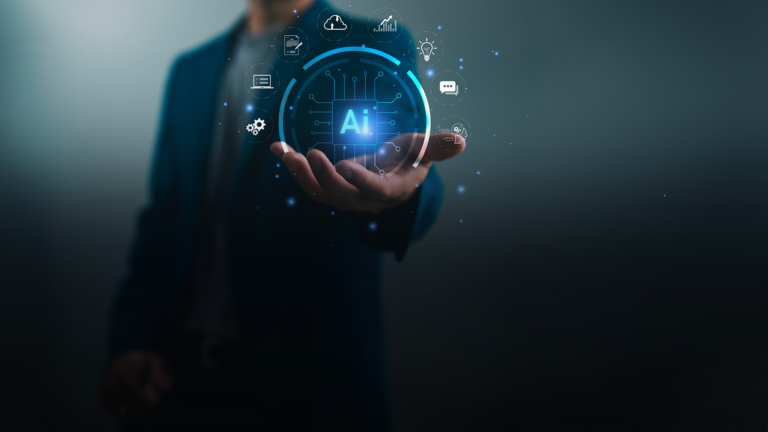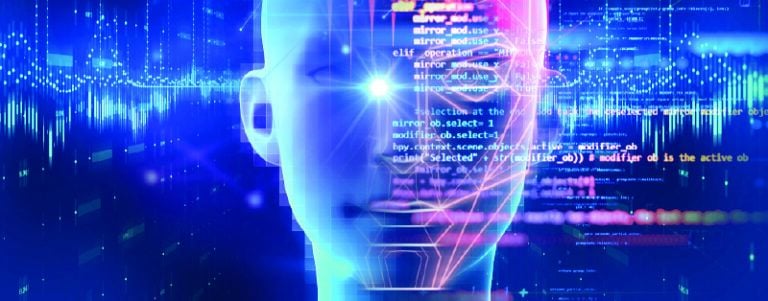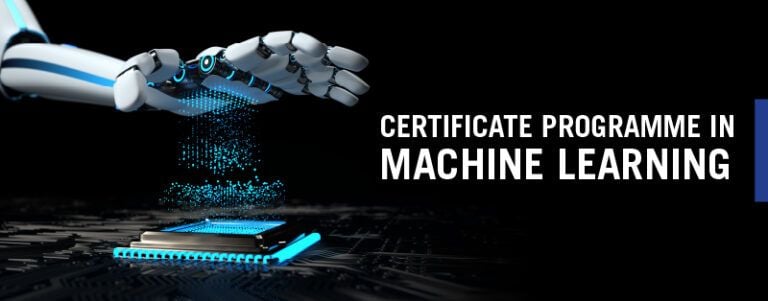What is Autoencoders in Deep Learning ?

AI is taking the world by storm, and India is no exception. According to Deloitte, Indian businesses have increased their AI investment by 88% in 2022 compared to 2021. Several AI technologies, such as Machine Learning (ML), are driving innovation across domains. Neural networks have taken center stage in the realm of ML, which consists of several architectures. Autoencoders emerge as a reliable neural network architecture for unsupervised learning. They decipher the underlying structure hidden within data without the need for labeled examples. The role of autoencoders in deep learning cannot be stressed enough. So, let’s dive deep into the core concepts of autoencoders, their applications, and their outsized impact on unsupervised learning.
ALSO READ: What is Deep Learning? Applications and Emerging Trends in 2024
How Autoencoders in Deep Learning Work
The job of autoencoders in deep learning is to extract patterns from unlabeled data, unlike supervised learning which requires labeled data. Here’s a breakdown:

1. Autoencoder Blueprint
The autoencoder neural network comprises two key elements that can be imagined as an artist and sculptor working in tandem:
Encoder
It takes raw, high-dimensional data and transforms it into a lower-dimensional representation. The compressed version, known as the latent space, holds the core features of the data. In other words, the encoder acts as the data compression specialist.
Decoder
It takes the encoder’s latent space to specifically recreate the original data. It then builds a new version, resembling the original data as closely as possible.
2. Compression and Reconstruction
The autoencoders in deep learning rely on data examples to reconstruct them accurately. Let’s see how:
Input Feeding
The encoder receives a piece of data, like a photograph.
Compression
The encoder’s layers then compress the data by extracting important features and discarding redundancy. The compressed rendering forms the latent space.
Latent Space
Think of it as a compressed file containing the blueprint for the original data. The essence of the data is held in a much smaller dimension.
Reconstruction
The decoder takes the compressed data from the latent space and utilizes its layers to rebuild the original data.
Error Correction
The autoencoder compares the reconstructed data with the original. Any discrepancies are calculated as an error.
3. Latent Space
The latent space is the heart of the autoencoder neural network. It captures and stores the most significant information. The compressed representation significantly adds value to various applications, including ones with limited storage capacity or bandwidth.
ALSO WATCH: Unveiling the Future of AI: Your Silicon Valley Immersion Awaits
Benefits of Autoencoders
There are many benefits to using autoencoders in deep learning. Some of the key advantages include:
1. Dimensionality Reduction
The compression of high-dimensional data into the latent space makes autoencoders useful for various tasks. For example, they can facilitate data visualization and preprocessing for other ML algorithms.
2. Feature Extraction
Autoencoders can extract meaningful features from raw data automatically. As a result, they can improve the performance of downstream tasks such as classification or clustering.
3. Anomaly Detection
Autoencoder anomaly detection is useful for detecting fraud or faults in industrial systems. Autoencoders can identify anomalies because they are trained to reconstruct normal data patterns. Autoencoder anomaly detection is particularly useful for detecting unusual patterns in network traffic.
4. Data Preprocessing
Autoencoders can be trained to remove noise from data. Hence, they are effective in tasks like image denoising and signal processing. Moreover, they can provide input to pretrain ML models and improve their overall performance.
5. Generative Modeling
Variational autoencoders can generate new data samples similar to the training data. The capability is not only valuable for image synthesis and text generation but also for data augmentation.
ALSO READ: 10 Ultimate Deep Learning Projects With Datasets and Libraries That AI Makes Easy
Types of Autoencoders
Autoencoders in deep learning come in various flavors with specialized functionalities. Here’s a glimpse into a few popular ones:

1. Denoising Autoencoders (DAEs)
Imagine an autoencoder trained on noisy or corrupted data. DAEs specifically deal with this issue. They receive noisy versions of the data during training and are tasked with reconstructing the clean underlying data. They are, thus, good at data cleaning and preprocessing tasks, filtering out unwanted variations.
2. Sparse Autoencoders
These autoencoders establish a concept called sparsity. In short, they encourage the ML model to not rely on all its neurons in the hidden layers, promoting an efficient use of resources. It offers robustness and makes the learned features more interpretable.
3. Contractive Autoencoders
They are also like sparse autoencoders. However, they enforce a specific type of constraint in the latent space, making it compact and resulting in better feature extraction. They often incorporate additional mathematical terms in the training process to achieve this result.
4. Under Complete Autoencoders
They force the encoder to compress the data into a lower-dimensional latent space, unlike the regular latent space which has the same number of dimensions as the input data. It not only promotes feature selection but is also handy for dealing with high-dimensional data.
5. Variational Autoencoders (VAEs)
VAEs introduce a probabilistic element into the mix. They represent the latent space as a probability distribution. It allows the decoder to reconstruct data and generate new samples resembling the training data simultaneously. They are useful for tasks such as image or text generation.
6. Stacked Autoencoders
They involve stacking multiple autoencoders one after another. Each layer acts as a pretraining step for the next one, leading to the extraction of complex features from the data. It is a powerful approach to learning hierarchical representations in deep learning.
7. Adversarial Autoencoders
Adversarial autoencoders leverage a technique called Generative Adversarial Networks (GANs) to impose a desired structure on the latent space representation. They allow you to impose a particular structure on the latent space, offering more meaningful features subsequently. Some adversarial autoencoders can also be used for generative tasks.
ALSO READ: What are Convolutional Neural Networks? How are They Helpful?
Applications of Autoencoders
The ability of autoencoders in deep learning to extract meaningful features makes them valuable for a variety of tasks, such as:
Image Compression
Autoencoders can reduce the size of images while preserving essential details. For instance, they can compress large MRI or CT scan images in medical imaging to facilitate efficient storage and transmission without significant loss of information. Similarly, companies such as Google use autoencoders to compress images for faster loading times on web pages and apps.
Recommender Systems
They are handy in building personalized recommender systems by learning latent factors from user interactions. For example, Netflix and Spotify need them to analyze user preferences and suggest movies or music that align with individual tastes. They help provide accurate recommendations because of their compressed representation of user behavior and content features.
Machine Translation
Autoencoders can be used for language modeling and translation tasks. They can translate text from one language to another by encoding sentences into a latent space and then decoding them into the target language. They improve translation services like Google Translate.
Learning About Autoencoders
There are many resources to gain knowledge about autoencoders. Several books, like “Deep Learning” by Ian Goodfellow, Yoshua Bengio, and Aaron Courville, offer an overview of neural networks, including autoencoders. Furthermore, online courses on platforms like Emeritus can help you learn about the concept in detail. Lastly, websites like Tensorflow and PyTorch offer tutorials and guides on building autoencoders.
Level up Your Career With Emeritus
In conclusion, the world of autoencoders in deep learning has a lot of potential to transform unsupervised learning. Emeritus offers a range of artificial intelligence courses and machine learning courses designed to provide practical insights relevant to the industry. They contain domain-specific knowledge for various autoencoder applications. Enroll today and boost your career regardless of whether you’re in image recognition, natural language processing, or any other field!
Write to us at content@emeritus.org










